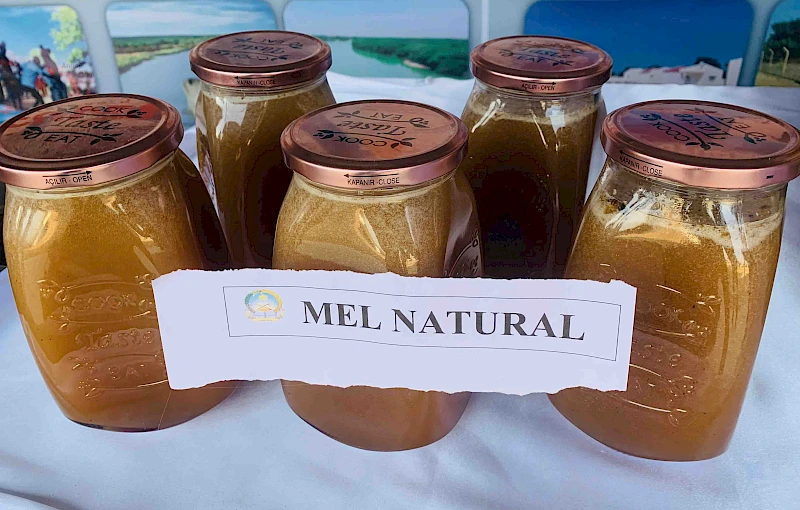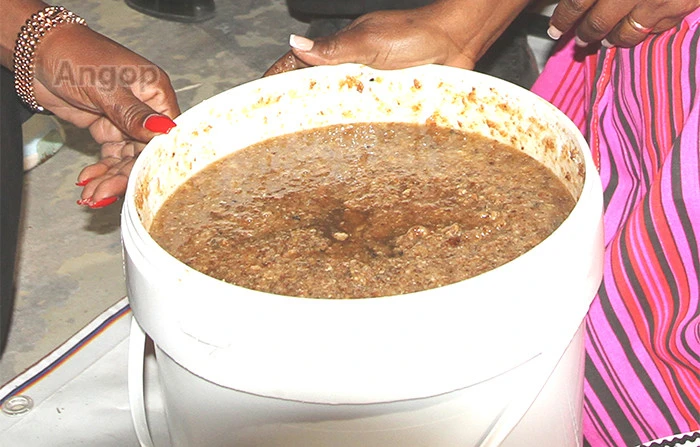Huambo – More than six tons of honey, produced by six cooperatives and other individual beekeepers in 1,800 hives, are ready to be harvested, between October and December this year, in Huambo province, ANGOP learned.
The information was provided on Thursday, by the head of the Technical Services and Inspection section of the Forestry Development Institute (IDF) in the province of Huambo, Admilthon Félix Caetano, stating that this is the second phase of the honey harvest in the region .
He said these were expectant and encouraging numbers, resulting from the good flowering and the reduction in anarchic fires by farmers and beekeepers, who began to realize the damage caused by fire in the fields.
He informed that in the first phase of production (from February to June) at least three tons of honey were harvested between July and August.
The honey produced in the province of Huambo is sold in companies specialized in the processing and packaging of this product, in addition to the various informal markets in the country, with emphasis on the country's capital, Luanda.
Admilthon Félix Caetano highlighted that, with the encouragement of the IDF and the Angolan Executive's anti-poverty program, through the training and distribution of hive kits, the 11 municipalities in the province of Huambo are already producing honey without the use of fire.
He reported that in 2024 the IDF recorded a harvest of five tons of honey in the second phase.
He appealed to beekeepers to stop killing swarms during harvests and to practice lawless burning, as this is an action that reduces honey production in the region, normally harvested between July and August, the first phase, and from October to December, the second phase. .
Honey is produced by worker bees that suck nectar from flowers, storing it in their special second stomach, while flying back to the hive and delivering the same nectar to the “chewing” bees.
In addition to being a great natural sweetener, it has several benefits, as it has an anti-microbial action capable of preventing the growth or destroying micro-organisms and preventing numerous diseases.
Due to its astringent and softening qualities, honey is also widely used in cosmetics: creams, facial cleansing masks, tonics, among others. ZZN//ALH/DOJ

























